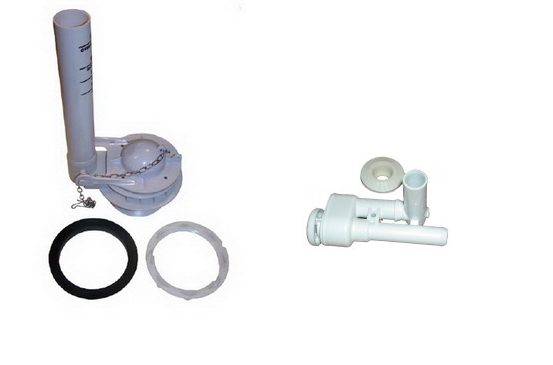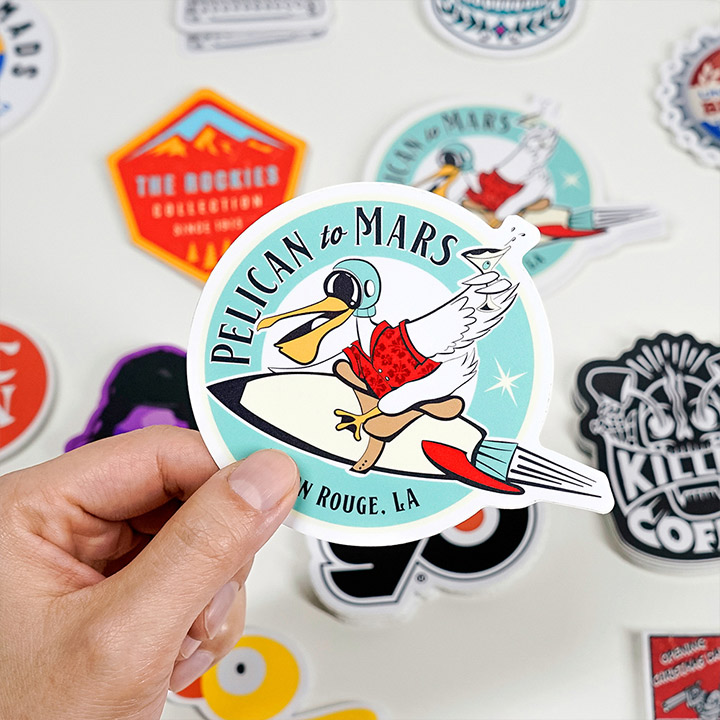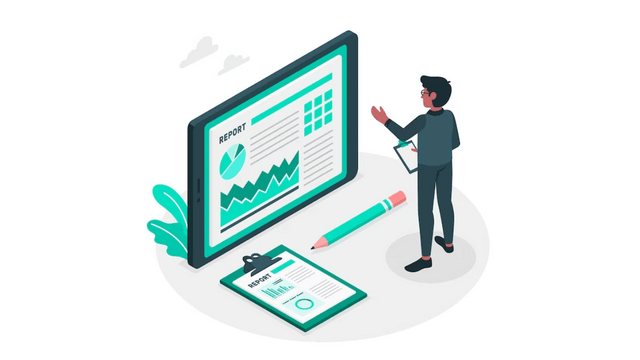Demystifying Toilet Cistern Parts: An Essential Guide for Homeowners

Homeownership requires understanding the fundamental components of your house to keep it functioning optimally and ensure its long-term viability. Understanding its most significant and visible parts and some lesser-known, often ignored members can have the most important long-term effect. One such underrated yet critical component is the toilet cistern.
A toilet cistern, often called a tank, is more than just a reservoir – it plays a critical role in enabling functioning flush systems. In this article, we’ll look into various parts and functions within a cistern and everyday issues you might face with them; understanding these components will equip you with better tools to deal with any minor toilet issues yourself without calling professional services often enough.
The Fundamentals of a Toilet Cistern
What is a Toilet Cistern?
The toilet cistern is an integral component of any toilet. It acts as an external water storage tank, providing water for flushing waste out of the bowl with each flush and automatically refills itself each time you wash.
How Does a Toilet Cistern Work?
Though a toilet cistern might appear to be nothing more than an ordinary water container, its operation requires multiple parts working together perfectly. When you press the flush lever, the chain lifts the flapper valve to release water into the bowl and flush away waste before refilling for the next flush cycle.
Critical Components of a Toilet Cistern
Now that we understand what a cistern is and its function let’s delve deeper into its key components. By familiarising ourselves with them, we can better understand your toilet’s operation and be better equipped to detect and resolve potential problems.
Fill Valve
The fill valve is a crucial part of the cistern. It controls the water intake into the cistern after a flush. When you flush the toilet, the water level in the cistern drops and the float attached to the fill valve drops. This drop prompts the fill valve to open, allowing water from your home’s plumbing system to refill the cistern. Once the water reaches a preset level, the float rises and shuts off the fill valve.
Flush Valve
The flush valve is essential to any cistern, providing water from its storage tank into your toilet bowl when you flush. It is usually connected via chain to the flush lever and covered by a rubber flapper to prevent water from escaping until you initiate a flush action.
Flapper
The flapper forms a watertight seal over the flush valve, and when you press the flush lever, its chain lifts it off from its resting place, allowing water to enter both the cistern and toilet bowl. After flushing, however, its chain drops back onto its proper position over the flush valve, sealing off and refilling the cistern with fresh water supply.
Overflow Tube
The overflow tube is a safety feature in your cistern, designed to prevent water from spilling over the top of the tank if the fill valve fails to shut off. The overflow tube channels the excess water into the toilet bowl instead.
Troubleshooting Common Toilet Cistern Problems
Understanding the function of each part can significantly assist you in diagnosing common problems with your toilet cistern. Here are a few typical issues and their possible causes:
The Toilet Doesn’t Flush Properly
If your toilet isn’t flushing correctly, there might be an issue with the flush valve or the flapper. Check if the flapper creates a proper seal over the flush valve. It might not seal correctly if worn out, causing a weak flush.
The Cistern is Constantly Running
An ever-running cistern is usually indicative of an issue with its fill valve. Suppose its mechanism fails or its float is set too high. In that case, water will continue to fill up even after reaching its proper level, leading to excess flow through the overflow tube into the toilet bowl and making it appear like the cistern is always running.
Water is Leaking from the Cistern
Leaks from the cistern to the toilet bowl can be caused by worn-out flappers or problems with the flush valve, with water seeping into the bowl from either source. An ineffective flapper may not seal correctly and allow leakage into the bowl, while issues with the flush valve can also lead to leakage issues.
Conclusion:
Understanding your toilet cistern parts and their components is critical to maintaining operation and solving minor issues. If the situation proves beyond your expertise or capabilities, don’t hesitate to seek professional assistance and save further damage to your system by seeking help from trained experts.





